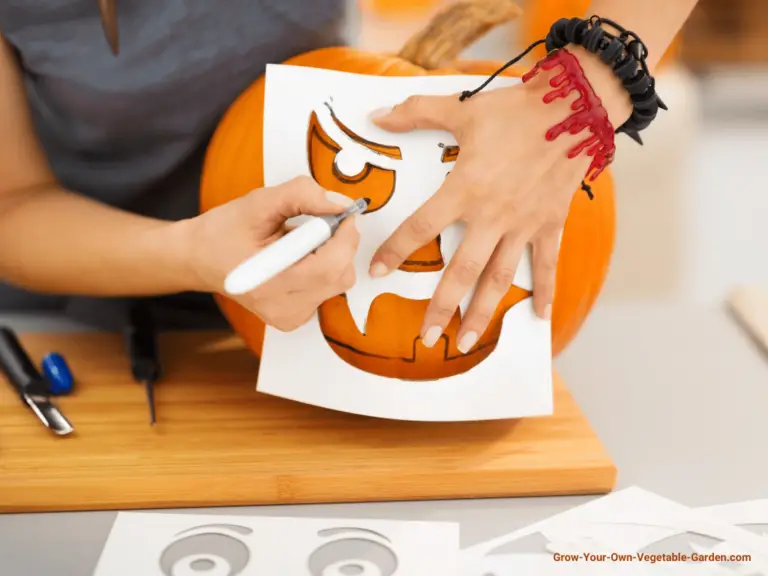
Powdery Mildew
What is Powdery Mildew
Powdery mildew is a collection of related fungal diseases that can infect a huge variety of plants and are most likely to cause you an issue in humid conditions with moderate temperatures. Greenhouses can be a problem spot due to the inherently ideal conditions present in them whereas if you’re growing outdoors and live somewhere rainy with low temperatures then it’s unlikely to be a major issue for you.
Infections are unlikely to kill your plants but if they’re not dealt with then they can stunt their growth, prevent them from blooming and ultimately prevent them from fruiting or at least cause a reduced crop yield.
How Does Powdery Mildew Spread
Powdery Mildew is spread through it’s tiny spores being carried on the breeze or through cross contamination such as touching an infected plant with your gloves and then touching another plant and inadvertently leaving the spores on it. This means it’s essential that you get any infection under control as it can easily spread around your garden.
Powdery mildew is plant specific / species specific as the different fungi infect different plants and although they often have several different plants they can infect, the range is generally pretty narrow. So an outbreak on your ornamental roses is not going to spread to your prize cucumbers.
The powdery mildew life cycle means that you can typically expect it to take anywhere from about 7-10 days, from initial infection, to visible symptoms and new spore production although in some cases it can happen in as little as 3 days.
How Do You Identify Powdery Mildew
Powdery mildew most commonly presents as small, powdery white, circular spots on the tops of leaves but will eventually spread to the stems, undersides of leaves and sometimes even fruit. Once it has truly taken hold then your plant will look as though it has been dusted with flour and some leaves will eventually begin to curl up, twist and disfigure.
How Do You Prevent Powdery Mildew
You can help prevent powdery mildew by doing the following;
Selectively prune your plants to reduce any overcrowded growth as this helps the air circulate.
Plant susceptible varieties in full sun and avoid shaded spots.
Choose resistant plant varieties if they’re available.
Treat any outbreaks immediately to try and prevent spread to other plants.
When disposing of infected plants do not compost them as they can still spread the disease. The best approach is to burn infected plants away from your garden.
How Do You Treat Powdery Mildew
Pruning – if you catch an infection early enough then you can attempt to control it by selectively pruning away any infected areas of the plant. Take care not to touch any uninfected area with the same gloves or tools you use on infected areas. Take care to burn discarded foliage or dispose of in your household waste but avoid composting.
Milk – mix milk with water at a ratio of 1:2 milk to water. Then use a regular spray bottle to spray the plants ensuring you completely treat any infected areas and for good measure overspray onto non-infected areas too. The science behind this is not exactly understood but it is definitely effective. Whatever milk you happen to have in your fridge will work so there’s no need to go and buy any particular type.
Vinegar – another great natural choice is apple cider vinegar for powdery mildew. Mix it up at a ratio of about 3 tablespoons (45ml) per gallon of water and give you plant a good soaking with it. A higher quantity of vinegar in the mix would be more effective at treating the mildew but you have to take care as it can burn your plants.
Fungicide – this should be your ‘last-ditch’ choice and only used for severe cases but either Organic Neem Bliss Oil or Monterey Horticultural Oil both act as fungicides, are safe for use on edible plants and are far safer for pollinating insects than many other products.
Prevention – by far the most effective way to treat powdery mildew is to prevent it in the first place. Once a serious infection sets in it can be difficult to get it under control.



